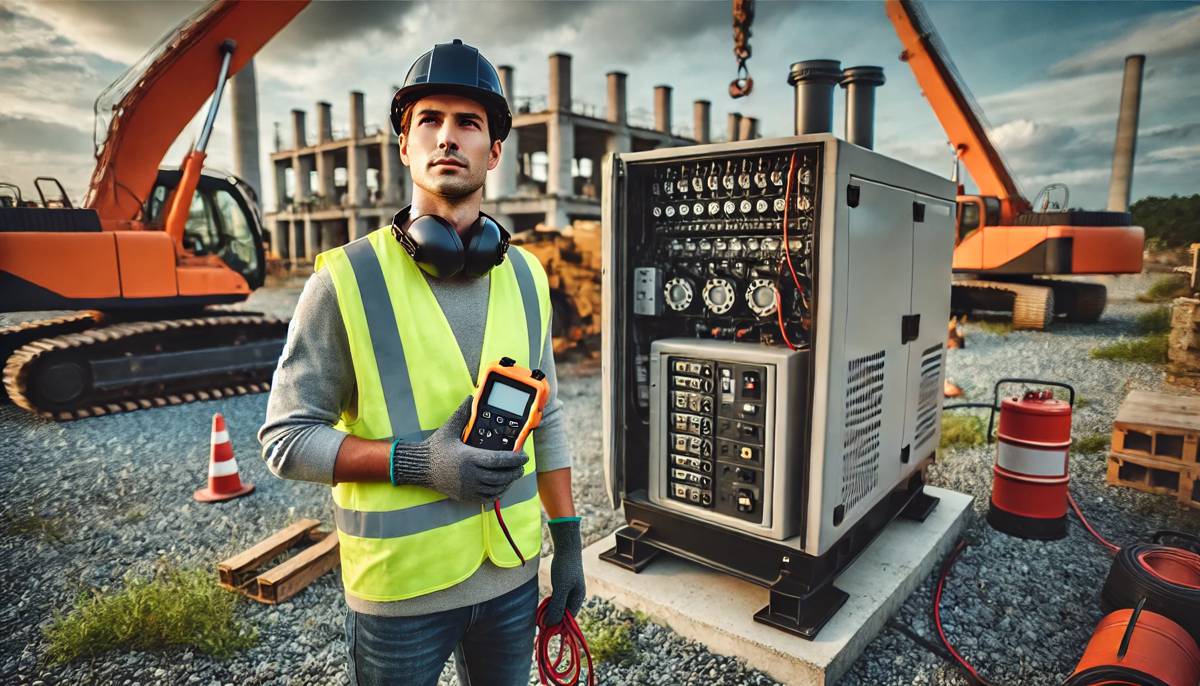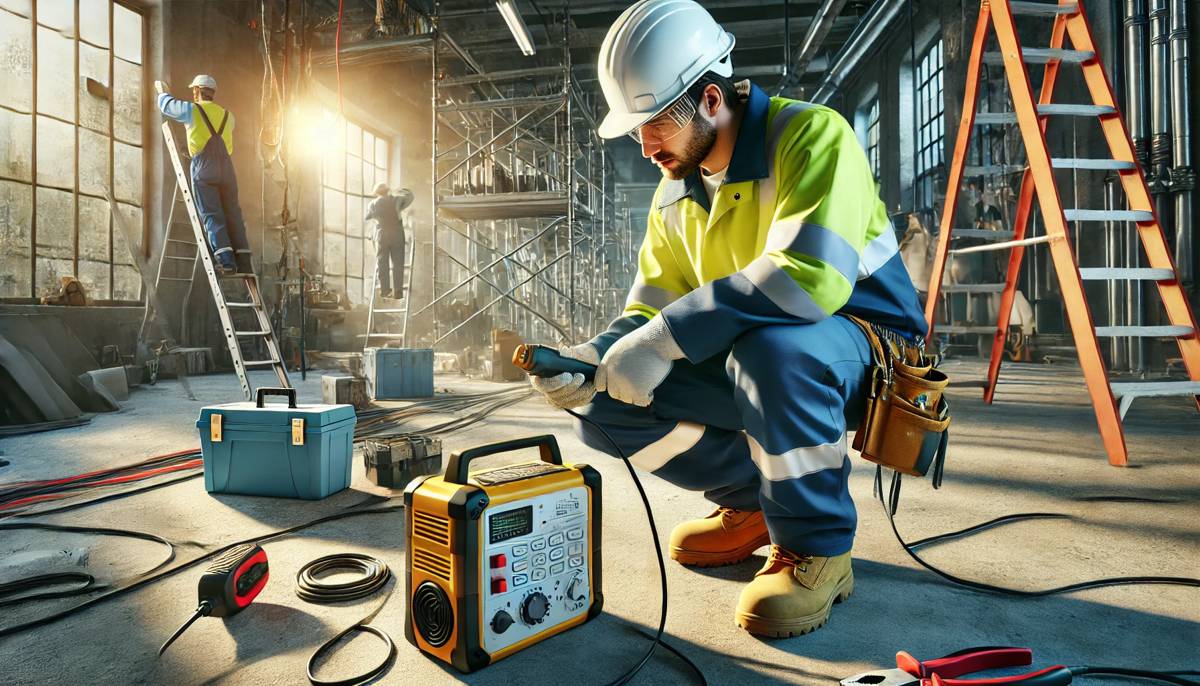Why PAT Testing Is Essential for Construction Sites
Running a successful project requires paying a great deal of attention to your employees’ safety. One of the best yet most affordable ways to protect workers from harm is PAT testing. Workplaces like road construction sites are filled with electrical equipment that, if not properly checked, can become potential electrical hazards.
PAT testing eliminates these injury risks and improves your equipment’s lifespan by spotting faults early.
What Is Portable Appliance Testing?
Portable Appliance Testing, or PAT testing, checks if an electrical appliance is safe. It involves visual inspection and using a Portable Appliance Tester to determine if your equipment has faults or issues that may put your employees at risk of injury. By regularly PAT testing your construction equipment and detecting these issues early, you can ensure a safe workplace.

What Does PAT Testing Involve?
Staff Checks
All your employees should get basic training on operating electrical equipment safely in the workplace. This should include all the potential hazards they should be aware of.
You should ensure workers feel comfortable visually inspecting the electrical equipment for signs of wear and tear. They should also check for hazards such as water spills, improperly placed wires, and other potential dangers.
Visual Inspection
In addition to regular staff checks, a formal visual inspection is required for high-risk environments like construction sites. This involves removing the equipment casing to ensure the internal parts are in good condition.
You should ensure the cables are secure and well-connected and the fuses are working correctly. Additionally, you should check for overheating, the presence of liquid, dust, and similar damage.
Manual Inspection With PAT Tester
Manual inspection with a PAT tester goes beyond a visual inspection and checks for insulation resistance, lead polarity, ground continuity, and lead polarity. You can do this in-house or hire a qualified individual with experience testing your workplace equipment. In some jurisdictions, you may need a certified or licensed PAT tester. Your equipment will be marked as either a PASS or FAIL, depending on the success of the PAT tests.

The Benefits of PAT Testing in Construction Sites
PAT testing enables you to avoid injuries to your workers, meet legal requirements, and reduce operational costs.
Prevents Accidents in the Workplace
Working with electrical tools puts employees at risk of getting shocked, electrocuted, or even burned by electrical fires. PAT testing ensures your equipment is working well and safe to use. It identifies faults before they can turn into an injury risk to your employees.
Avoid Legal Liabilities
PAT testing also helps you ensure compliance with workplace safety regulations and reduce liabilities if an accident occurs. While PAT testing isn’t required by law in many jurisdictions, you’re ultimately responsible for keeping workers from harm.
PAT testing can help demonstrate your commitment to employee safety and avoid heavy fines and penalties.
Extends the Lifespan of Equipment
What if I told you PAT testing could help you lower maintenance costs? Besides protecting employees from electrical hazards, PAT testing also helps reduce the costs of equipment repairs and replacements.
It identifies problems early, allowing you to fix them before they become worse and more costly to repair. Fixing issues early on can also extend the lifespan of your equipment, saving you money on replacements.
Reduces Downtime
PAT testing helps avoid disruptions to your operations. By detecting issues early, PAT testing allows you time to work on them, improving the reliability of your equipment. This helps avoid unexpected downtimes that can slow down your project.
Since PAT testing involves employee training, it also improves employee awareness and preparedness. This enables your project to bounce back quickly in the event of an electrical safety incident.





















